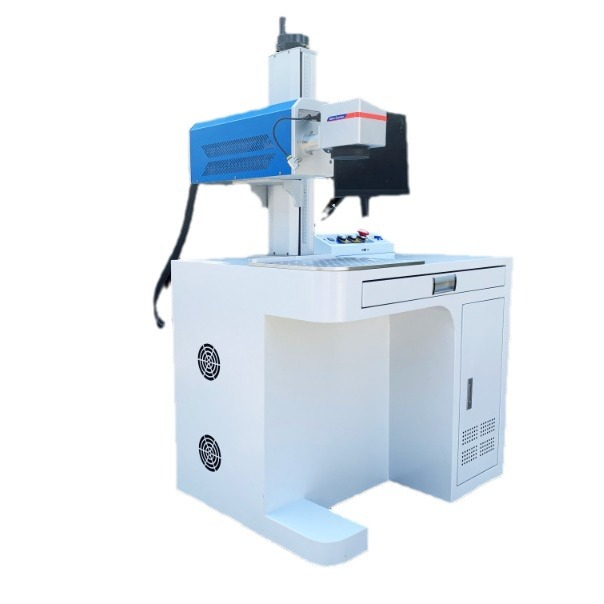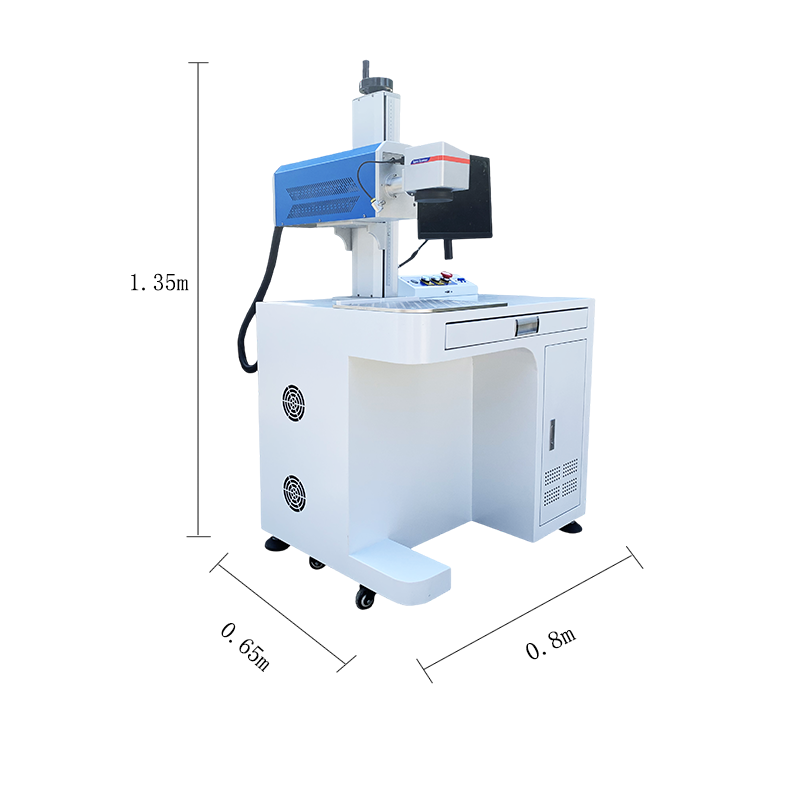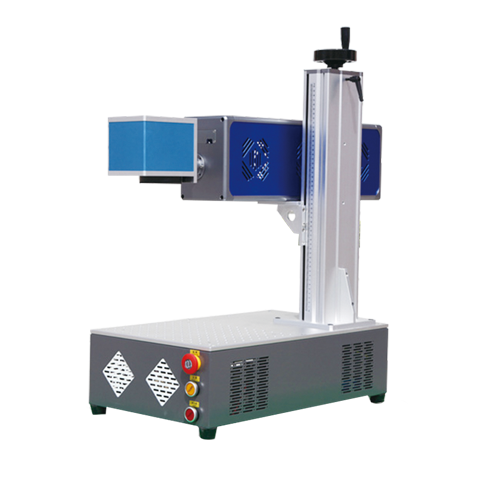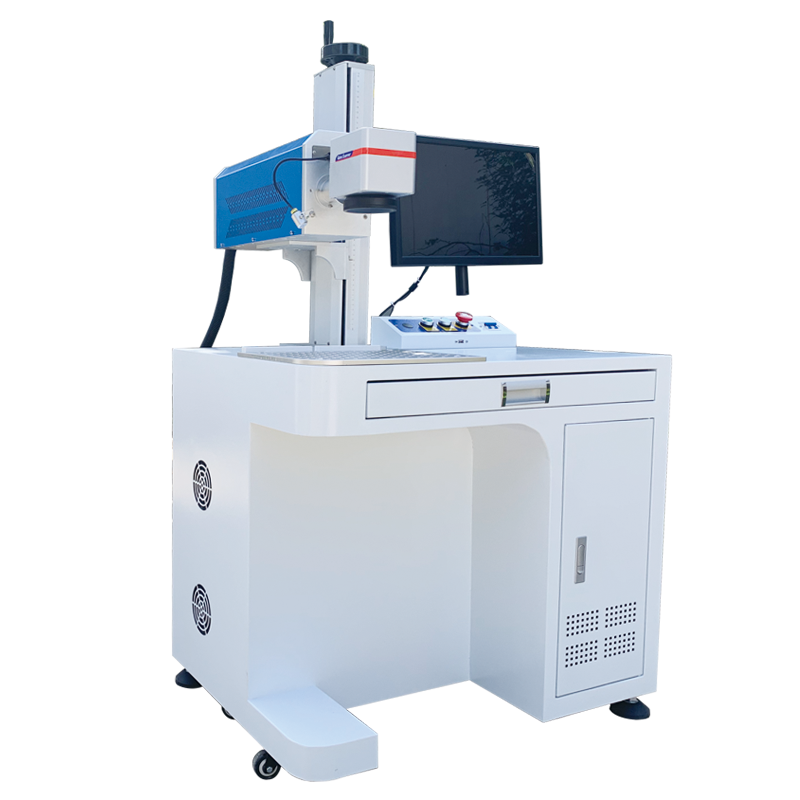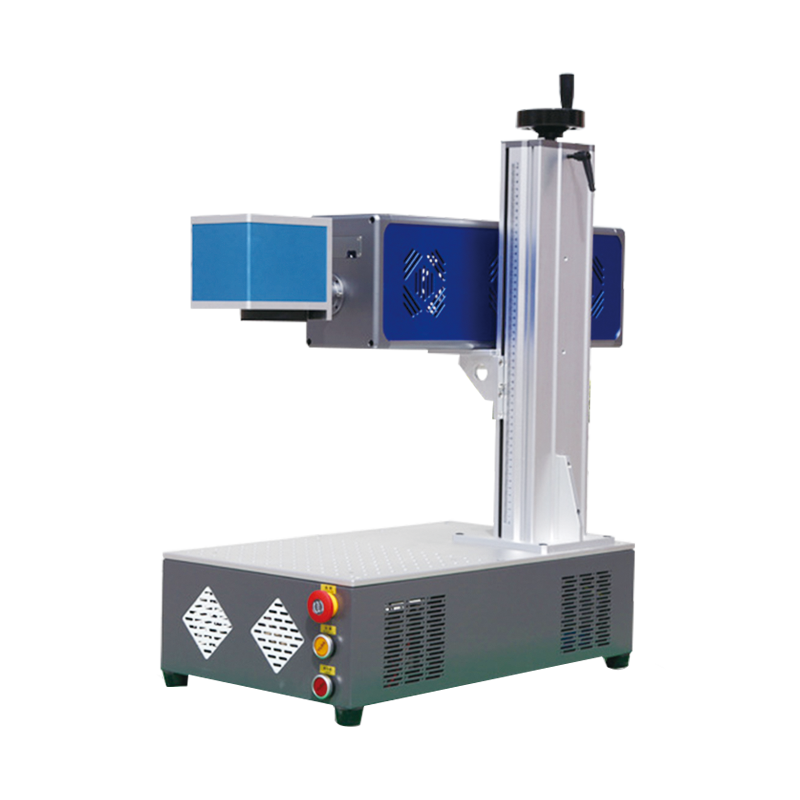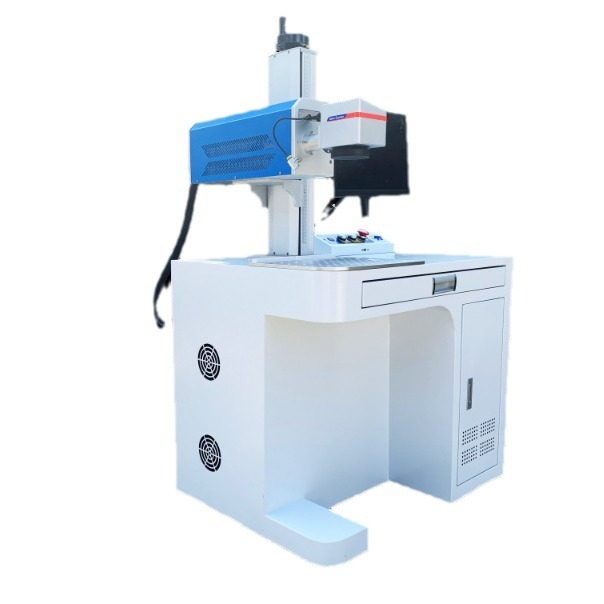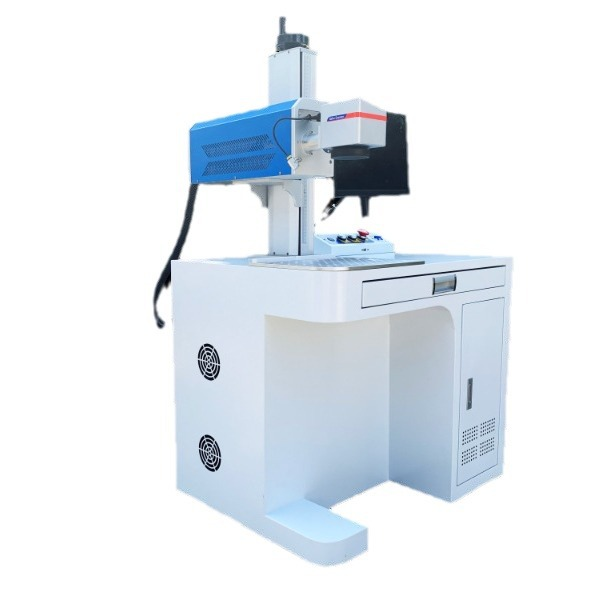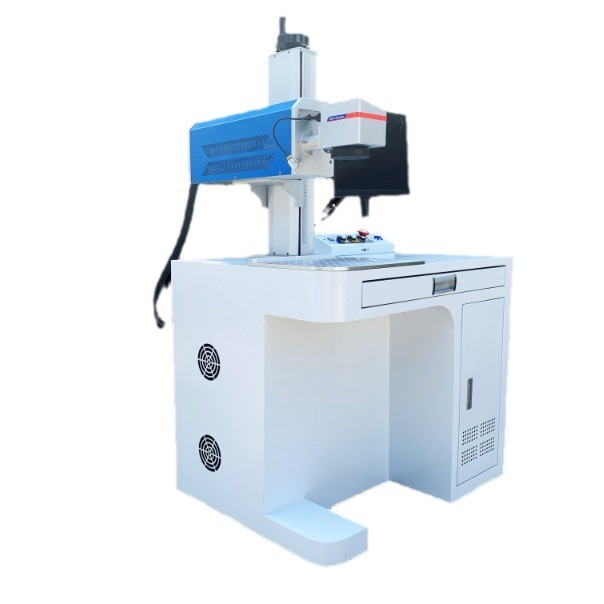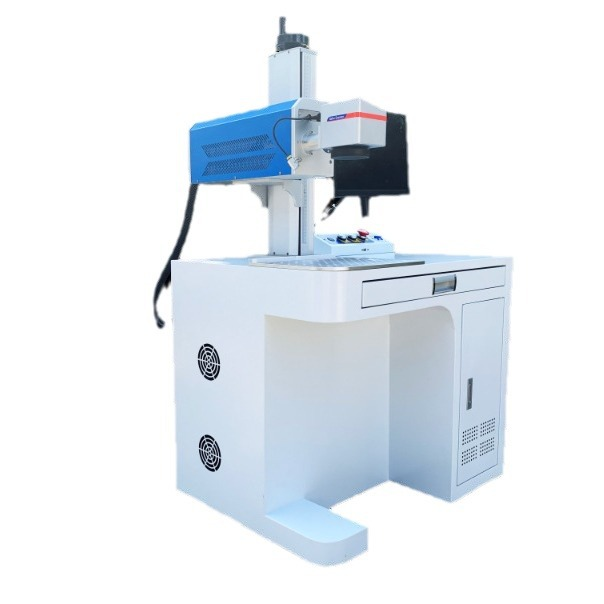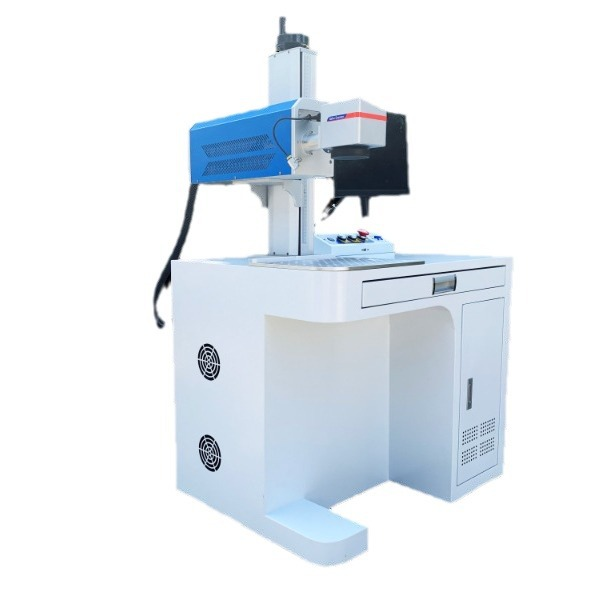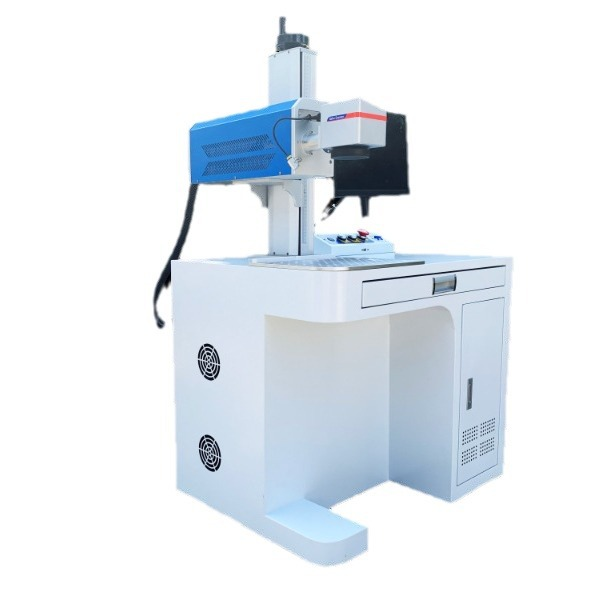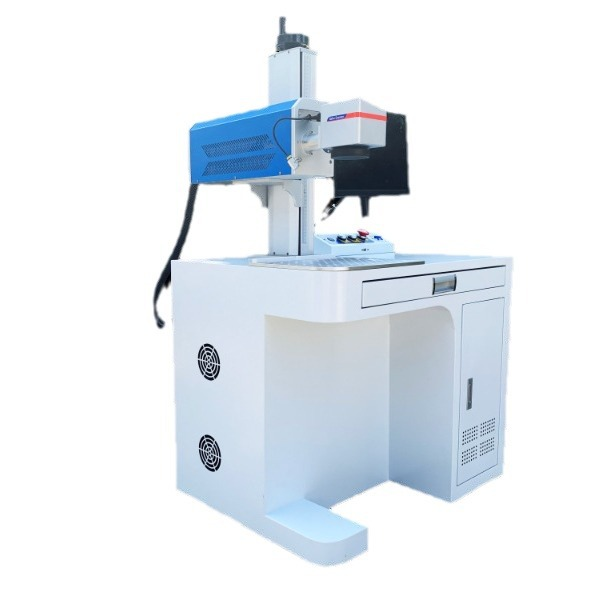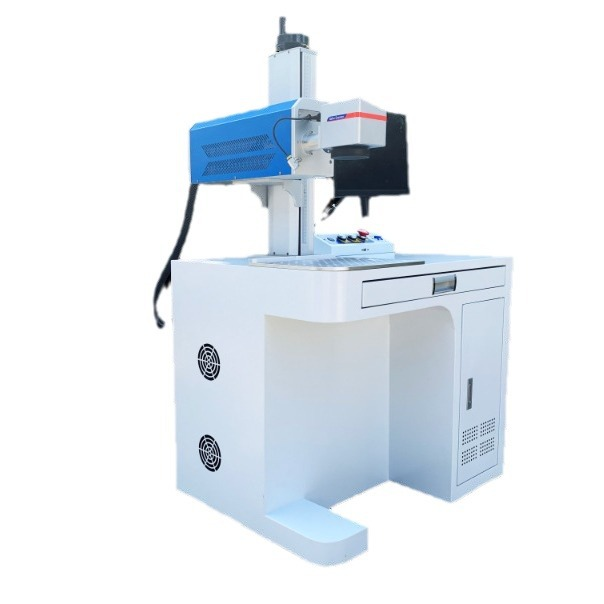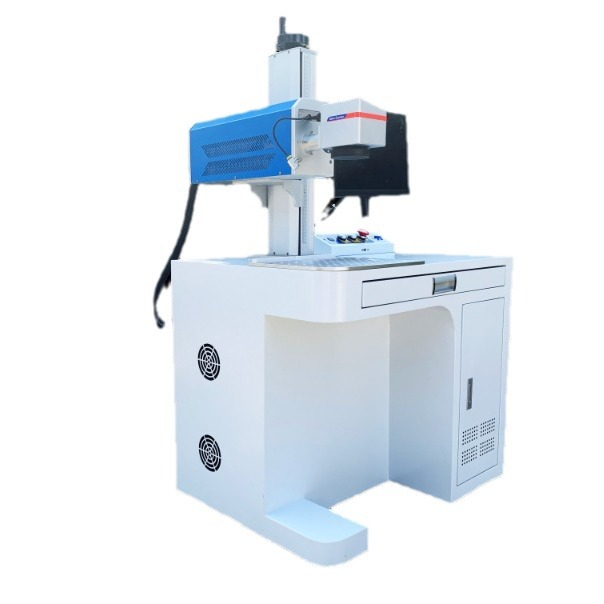The main differences between 40W and 60W CO₂ laser marking machines lie in their marking speed, depth, material compatibility, and application suitability. Here are detailed comparison:
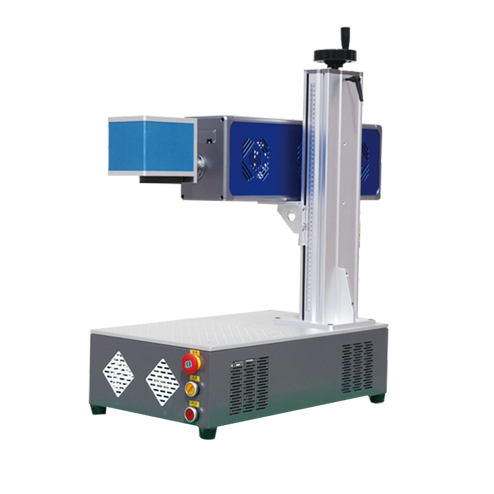
1. Marking Speed
60W Laser: Faster marking due to higher power, making it more efficient for high-volume production.
40W Laser: Slower but sufficient for smaller batches or less demanding tasks.
2. Engraving Depth
60W Laser: Can achieve deeper engraving on materials like wood, acrylic, and some metals (with proper settings).
40W Laser: Better suited for surface marking and shallow engraving.
3. Material Compatibility
60W Laser:
Better for harder materials (e.g., anodized aluminum, some metals with coatings).
More effective on thick plastics, wood, leather, glass, and ceramics.
40W Laser:
Works well on paper, cardboard, thin plastics, fabrics, and some organic materials.
Less effective on reflective metals or thick materials.
4. Precision & Detail
40W Laser:
Better for fine details (e.g., intricate designs, small text, logos).
Lower power allows for less heat distortion on delicate materials.
60W Laser:
Can still achieve good detail but may require more parameter adjustments to avoid excessive burning.
5. Cost & Energy Consumption
40W Laser:
Lower initial cost and energy consumption.
Ideal for small businesses or hobbyists.
60W Laser:
Higher upfront cost but more productive for industrial use.
Consumes more power but saves time in mass production.
6. Best Applications
| Application | 40W Laser | 60W Laser |
|---|---|---|
| Paper/Cardboard | ✔ Excellent | ✔ (Overkill) |
| Thin Plastics | ✔ Good | ✔ Good |
| Wood Engraving | ✔ Shallow | ✔ Deep |
| Leather Marking | ✔ Fine | ✔ Faster |
| Glass/ Ceramics | ✔ Possible | ✔ Better |
| Anodized Aluminum | ❌ Weak | ✔ Effective |
| Industrial Production | ❌ Slow | ✔ Recommended |
Conclusion: Which One to Choose?
Choose 40W if you need fine detail, lower cost, and work mostly with softer materials (paper, thin plastics, fabrics).
Choose 60W if you require faster marking, deeper engraving, or work with harder materials (wood, acrylic, coated metals).

